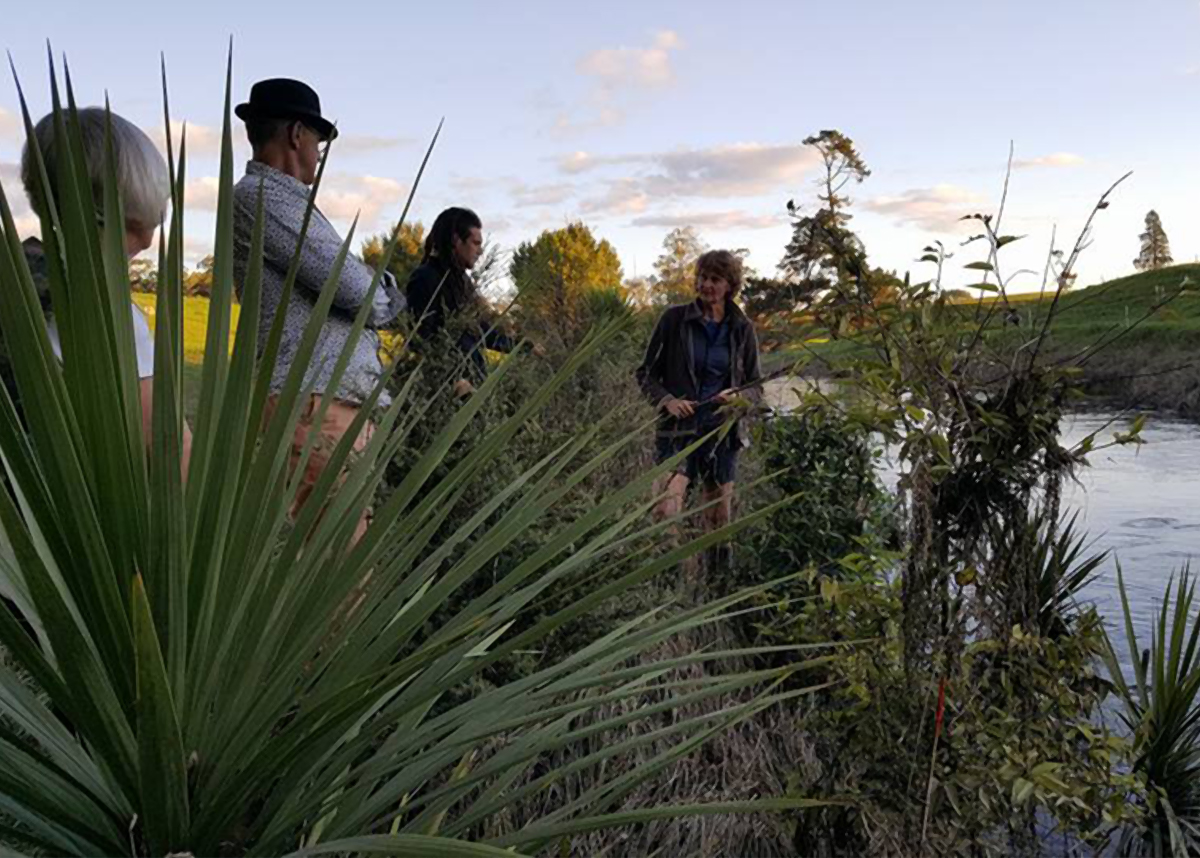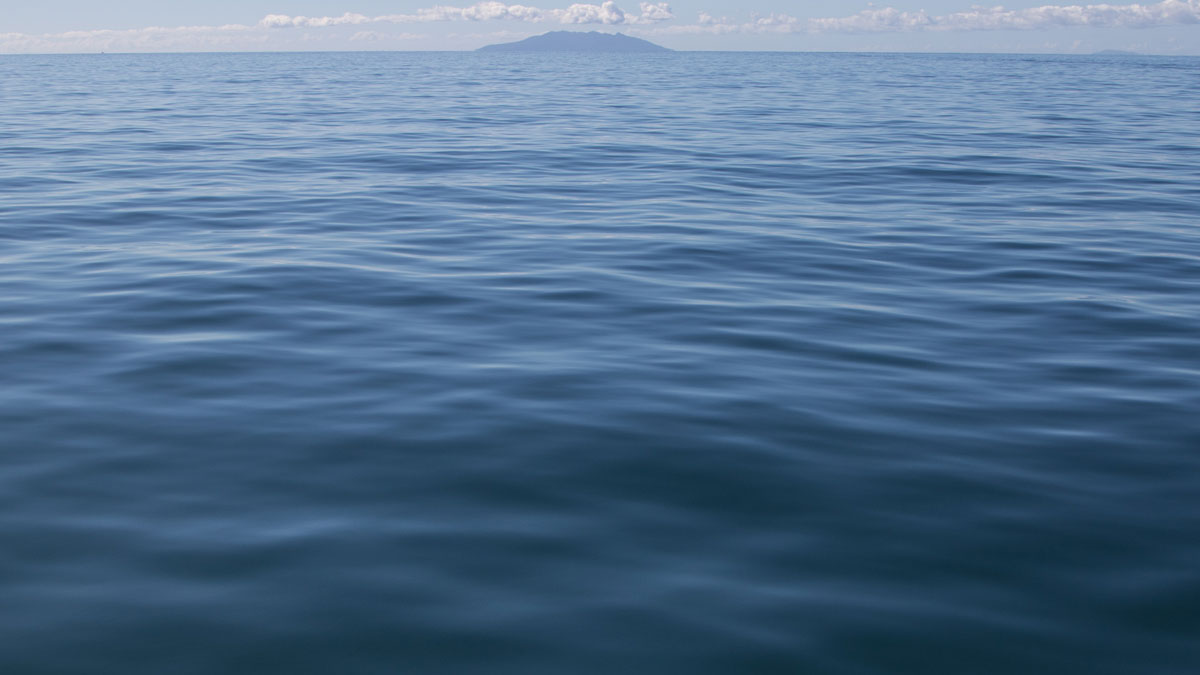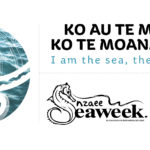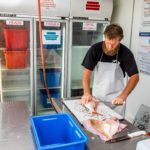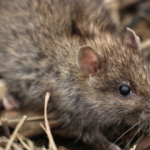A search of media sites in New Zealand will turn up headlines like “…community mourns its lost river”, “…campaign to point out dirty rivers”, “Repeated cattle in water…”
Less commonly found are positive stories about community effort and success.
Driven by a desire for change, the Piako Catchment Forum was launched in October last year. Its focus is on celebrating achievements and supporting education and discussion to boost success in the Piako catchment.
The Piako River flows through the heart of Waikato dairy country – from near Matamata, through Ngatea and out to the Hauraki Gulf . The catchment covers approximately 1,440 sq km encompassing the Matamata-Piako and Hauraki districts.
I was born and raised alongside the Piako and am familiar with both the river and its residents. However, over the past few years I began noticing more and more of a disconnection between the local community and the natural environment. I was concerned about the state of our local waterways and the blame that was being put on a small group of people. There were positive things happening, but not a lot of awareness about them. I observed the attention and investments that other rivers were getting.
Why are there so many conflicting messages and education around our waterways? Why isn’t there a push for success in our catchment? And why isn’t this coming from our community?
This motivated me to gain the understanding, knowledge and resourcing to support my community to make a difference. The Piako Catchment Forum was born.
As I ventured on this journey I have been privileged to get to know many amazing people doing incredible things for the quality and state of our environment. See Jude Tisdall’s story below.
Transforming the Topehaehae
When my husband and I first arrived at our lifestyle block, a couple of kilometres south of Morrinsville in 1989, I planted many tui-attracting plants. However, it wasn’t until Boxing Day 2006 that I heard or saw the first tui – one of my most memorable Christmas presents!
After that success I turned my attention to the river running along the back boundary of our block – the Topehaehae Stream. We have always been aware of the river, especially when it floods, but it wasn’t until our kids got older that we had the time to really think about how we could help improve it.
Having always had a love of our native bush and birds, it seemed obvious that we should try to re-establish native vegetation along the river bank. As is so often the case, the area was completely covered in exotic weeds. In trying to figure out how to remove them I came across the Weedbusters website and through Weedbusters, we became involved with a voluntary community nursery at Tamahere. Through the Tamahere nursery, I have learned a great deal about what species I should be planting and also how to collect seeds from local natural populations (eco-sourcing). Armed with this knowledge I have grown many hundreds of plants from seed to plant on the riverbank.
It certainly hasn’t been an easy process, as anyone working on these sorts of projects will know. Weed removal and ongoing weeding take a lot of time; but one of the biggest challenges has been the flooding, which has caused a lot of damage to the plantings at times.
As we only have a short section of around 130 metres of river bank on our property, we quickly ran out of space and have taken on sections of some of our neighbours’ properties. The latest area we have taken on is a couple of acres of side gully which is not prone to flooding, so has much more potential to establish a wide range of plant species that would naturally have been found here hundreds of years ago – a biodiversity haven. The area was covered in mature European privet and hawthorn up to 15 metres high along with a number of other weeds. Clearing it has only been possible with the generous support of Evonik Industries, who own the hydrogen peroxide factory nearby. They paid for a 15 tonne digger with a mulcher head to grind the trees from top to bottom in April last year. Since then we have planted over 1600 plants from 26 different species.
Ongoing weed control has been a huge challenge. The stumps of the thousands of privet and hawthorn that the muncher cut down have proven difficult to kill presumably due to the large root system compared to the small leaf area. But we have been greatly aided by the generous donation of weed spray by Nufarm who own a nearby industrial site.
The Waikato Regional Council has also been a vital partner in our project. Our Catchment Management Officer, Warren Coffey, has been a great support with funding and also offering advice based on experience. With their help, we are moving on to our next project of acquiring some rat, possum and stoat traps.
Pest trapping is expected to really help bring back native birds, but also other native wildlife that people are less aware of. We have found a number of empty broken fresh water mussel shells on the riverbank which we have been told would have been plucked off the riverbed and opened by rats.
Both my husband, Ron Gibson, and I practiced most of our working lives as vets in a local practice. After Ron’s retirement I decided to retire early so that we could spend most of our time working on what has become a passion – restoring, albeit a tiny piece, of Waikato lowland forest.
After a lot of learning from successes and mistakes, we now hear the tui singing regularly, and even had our first ever sighting of a kereru on our farm a few weeks ago. We hope in the future we can reduce introduced predator numbers enough for the tui to breed successfully here and maybe even attract some kereru and kaka to visit our ‘garden’.
Jude Tisdall, Kiwitahi
The Piako Catchment Forum is still in its early days, but with a small team of motivated and caring people, we are beginning to support our community to think about its local catchment and what can be done to make a difference.
Six months down the track we have hosted our first very successful community event and are getting ready for our next. We have developed a Facebook page, newsletter and are working towards developing a community vision for the Piako Catchment and the steps to achieve it.
For every catchment within New Zealand there are challenges to overcome. For the Piako Catchment Forum we are honest in acknowledging that restoration and supporting our community is not light work, but for many of us it is too important not to do.
We aim to unite rural and urban communities and motivate them to focus on change together. Challenges often open up opportunities for success. If everyone makes little commitments to their everyday practices in the Piako Catchment we will soon see overall improvement.


